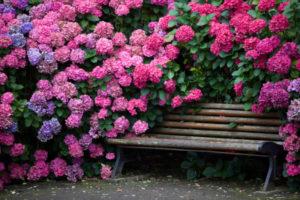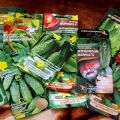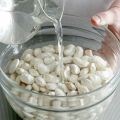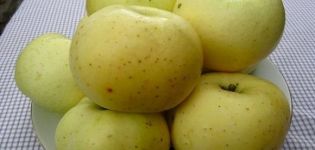Description and characteristics of cleoma varieties, growing from seeds and methods of propagation
Blooming cleoma, the cultivation of which does not cause difficulties even for novice growers, is a representative of the Cleomovy family. Under natural conditions, the plant lives in any area where temperate and warm climate prevails. For the unusual appearance of inflorescences, the Germans named the glue plant-spider. The flowering period lasts from June to September. Blooming flowers fill the garden with an unusual scent.
General description of the flower
Cleoma reaches a maximum height of 1 m. The inflorescences in the upper part have 4 petals with long stamens. A brush in diameter reaches 20 cm. During the season, new inflorescences form at the tips. Leaf plates are assembled in a fan, each of which includes 7 leaves. By the end of the growing season, the stem of the plant becomes woody, and pods with seeds are formed on it.
The color range of cleoma inflorescences is very diverse and original. Sometimes several flowers are combined in one bud. The plant is widely used in landscape design and goes well with other exotic flowers. It is used for cutting and decorating bouquets.
Types and varieties of cleoma
Domestic growers have the opportunity to grow only two varieties of an exotic plant:
- prickly cleoma;
- Cleoma Hassler.
There are practically no differences between them. New varieties are obtained by crossing these varieties. In turn, they differ from each other only in the color of the inflorescences. The most popular varieties are:
- Hellen Campbell;
- Pink Queen;
- Giant Pink Kewsen;
- Sparkler Lavender;
- Cherry Queen;
- Splashes of champagne;
- Colored waterfall.

The nuances of growing
Cleoma has a long growing season, therefore flower growers cultivate it in seedlings. If you sow seeds directly into open ground, then flowering occurs later, but growing seedlings takes less time and effort.
Soil and capacity
To grow cleoma, a nutritious soil mixture is prepared from fertile garden soil, compost and sand. The proportions are 2: 2: 1. A container for sowing seeds is chosen 15 cm deep. The material from which it is made can be any.
Landing rules
Growing glue from seeds is not that difficult. You will need to fill suitable containers with nutrient soil, and sprinkle a small amount of wood ash on top of it. The presoaked seeds are planted to a depth of 1 cm and lightly sprinkled with soil.A thin layer of compost is laid on top, which will not only serve as an additional fertilizer, but also accelerate the process of seed germination.
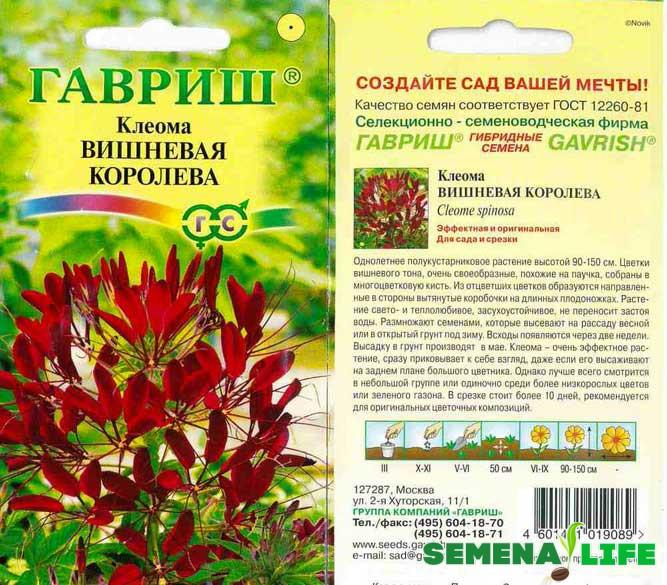
Crops are watered from a spray bottle, covered with glass or cellophane and sent to a warm, well-lit place.
Seedling care
After the first shoots of cleoma appear, they need to be properly cared for. Plants should be watered abundantly, but rarely. Do this as the topsoil dries up. Excessive moisture harms young seedlings and contributes to the development of fungal diseases. Containers with glue are placed on a well-lit windowsill, and in the evening hours, additional supplementary lighting is organized using phytolamps.
To prevent damage to the root system by pathogenic bacteria, the seedlings are watered once with a weak solution of potassium permanganate.
After a pair of real leaves are formed on young cleomes, the plants dive into separate cups. The procedure is carried out as carefully as possible, burying the seedlings into the ground to the lower leaves. To make them grow even, they are constantly turned in different directions towards the sun.
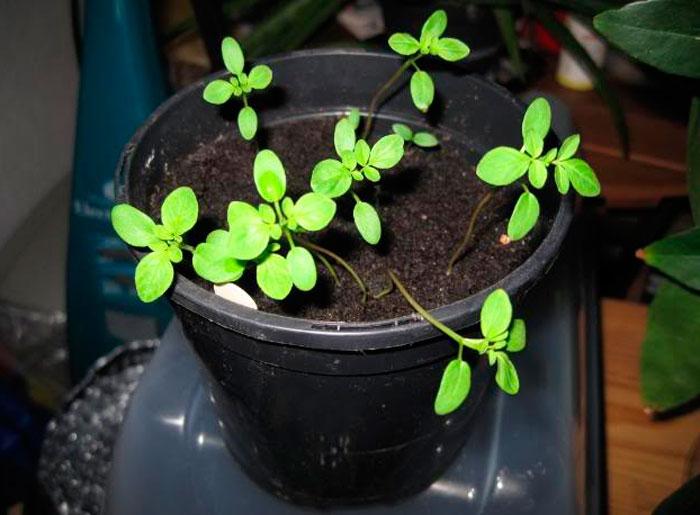
Transplanting
Cleoma is planted in open ground in May, when the threat of recurrent spring frosts has completely passed. The flowerbed is prepared in advance by adding compost to it. The distance between the plants is 35-40 cm. Before transplanting, they are sprayed with a growth stimulator.
Further care of the glue
Glue care involves standard procedures for flower growers, but there are certain features in them that you should familiarize yourself with in advance.
Watering rules
Cleomas are moisture-loving plants, but do not tolerate stagnant water in the area. Watering is carried out only in hot and dry weather. The flower tolerates a short drought normally, but an excess of moisture leads not only to a deterioration in decorative qualities, but also to the development of fungal diseases, the death of the entire plant.
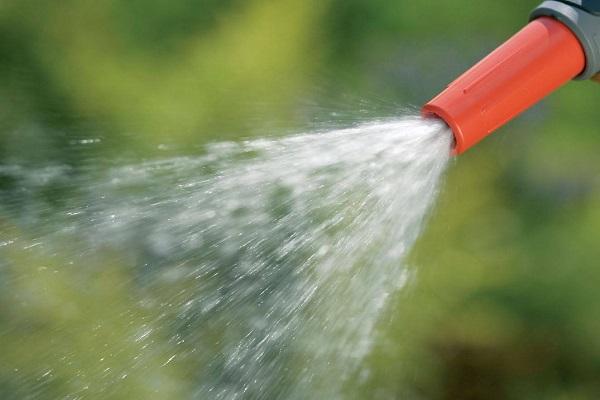
Top dressing and fertilization
Top dressing should be done as needed. At the first stages of development, flower growers use complex preparations containing nitrogen as a fertilizer. As soon as the buds begin to form, the glue is fed with potassium-phosphorus preparations. They are brought in once every 14 days. If the flower is weakened, then it is recommended to use mineral dressings, reducing the recommended rate by 2 times. Cleoma leaves are sprayed with their solution in the morning or evening to prevent burns.
Wintering
In the climate of the middle zone, cleoma is grown as an annual. After the buds wither, the seeds should be collected, and the plant itself should be removed from the ground and disposed of. After that, it is recommended to dig up the bed to destroy pests and weeds.
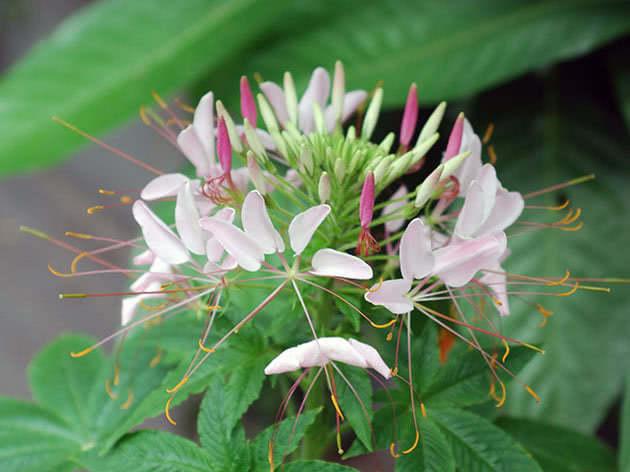
In the southern regions, glue can be grown as a biennial plant. To do this, in the fall, wilted buds are cut off and a shelter made of special material is organized. If this is not at hand, then spruce branches, fallen leaves, hay are used. In no case should the flower be covered with cellophane.
Methods of protection for diseases and pests
Cleoma exudes a specific, not very pleasant smell, so pests bypass it. For this reason, it is advisable to plant the flower near fences or as a hedge. The plant has a high immunity to disease. The only thing that cleoma often suffers from is rotting of the underground part.
Such a nuisance happens due to the close occurrence of groundwater or excessive watering.
If cleomas appear on the site with signs of disease, decay of roots, then they should be disposed of immediately. You cannot transplant adult specimens.Healthy plants are treated with fungicide, reviewing the irrigation regime and analyzing the reasons that could lead to negative consequences for cleoma.
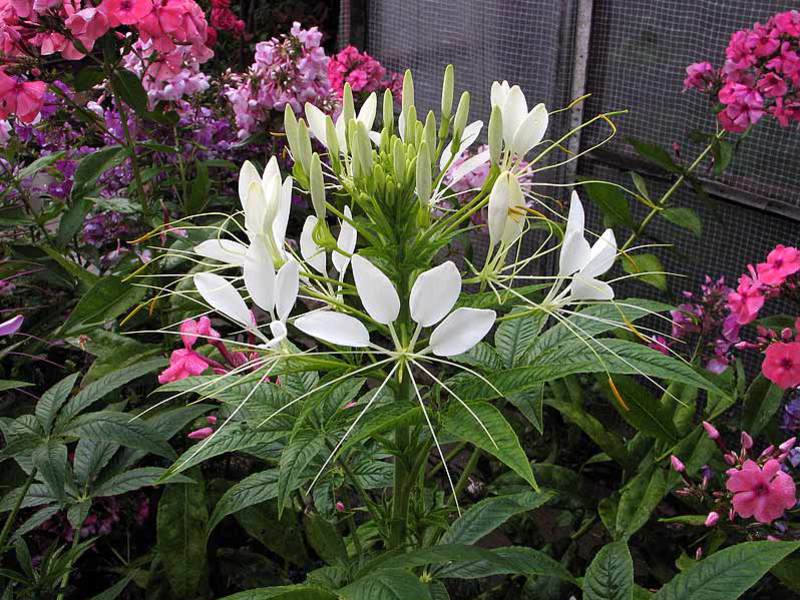
Flower propagation
Cleoma reproduces exclusively by seeds. You can collect them yourself or purchase them in a specialized store. Sowing is done in autumn or spring. Seedling is preferred, but it is permissible to sow seeds directly into the flower bed.
The use of decorative culture in landscape design
The spectacular appearance makes glue more and more popular not only among ordinary florists, but also among landscape designers. It goes well with other plants. You can grow an exotic flower both next to perennials and annuals. Behind the tall stems with beautiful spherical inflorescences, you can easily hide an unkempt area or an ugly fence.
If the hostess is just putting the territory in order, then a glue screen will allow you to hide the mess from prying eyes and give the site a well-groomed look. When decorating flower beds, this plant is planted in the background, and low-growing flowers are placed in the front. Bright inflorescences look beautiful against the background of buds with cold shades.

